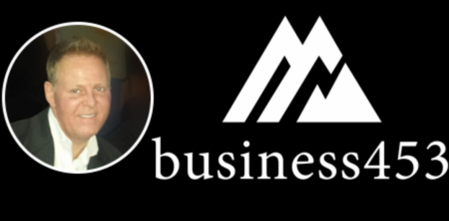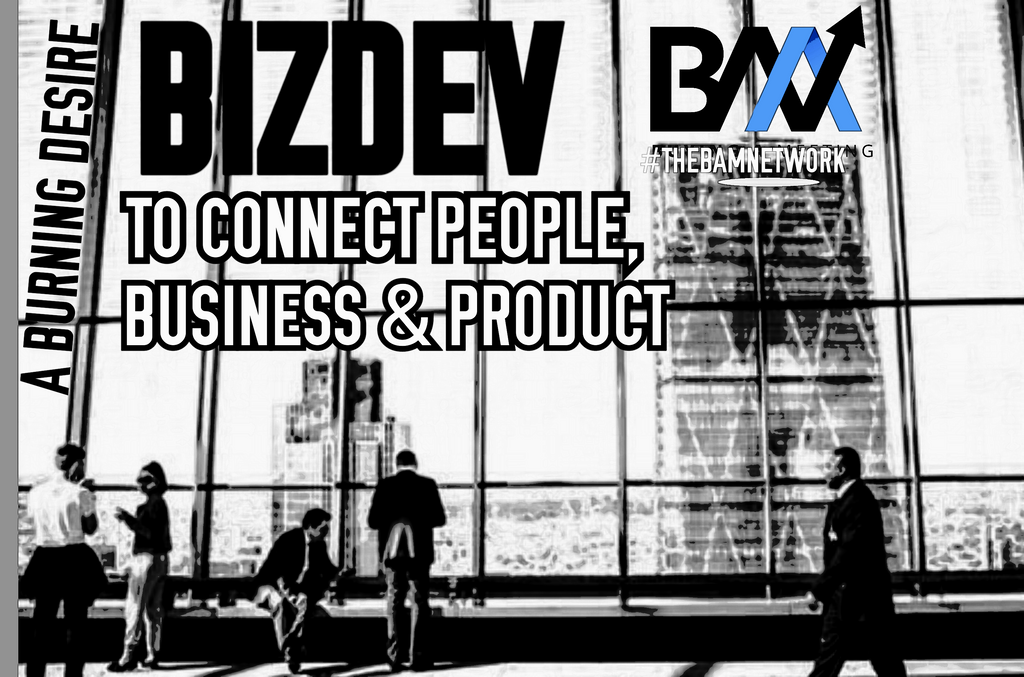Whether you’re an Entrepreneur, Business Owner or just starting off in sales you will need to learn some basic steps before you approach prospects and secure a meeting. You need the meeting to make a sale. It's the first step in a series of processes for Business Development.
I've been at the front end of the sales process for most of my life. I started out knocking on doors as a home improvement canvasser in high school to working for several fortune 500 companies as an Account Executive. Then adding over 8 additional years of Professional Contract Business Development. Bringing my total time to over 26 years.
There are some basic things you can do to prepare for the cold calling journey that will help you out. I wrote about the process in my book "Nothing Happens Until The Meeting is Set" ...Connecting People, Businesses and Products. A journey of creating 25,000 Sales Meetings.
There are dozens, maybe hundreds of other professional sales trainers and influencers who support the idea of breaking down the different components of the sales process.
Key Influencer Patrick Bet David is a very successful Entrepreneur, Speaker, Business Owner and CEO of PHP Agency. Patrick breaks it down in one of his latest videos on Valuetainment "The 3 Most Important Skills In Sales" In this video he puts emphasis and importance on the "Finder" . The person who cultivates, finds new prospects and builds the trust. The most important person on the team!
So how do I become effective at cultivating new leads on my own. You can use the tools below to help you on your BizDev or Finder journey. These basics will lead to arranging the meeting.
You will also need to decide if you're capable of completing the whole sales process from start to close. Are you good at the entire process or just one part.
For starters you need to know who the contact is that you are calling on. Take the time to do your research. There is nothing less attractive to a prospect than a sales person who doesn’t even know who they want to talk to.
You’re a professional Business Development Representative and may be a business owner. So, the first impression should be second to none.
In today's digital world there are so many ways to gather information about your suspect. The suspect is someone you want to have a meeting with. Once you have confirmed through some type of agreement with the suspect that they are interested, then you have a prospect. So how do you find a suspect?
1) Company Records. You may work for a company that already has a customer database. In which case, there's probably some history on prospects. It may have been deemed a dead account according to the records and that's OK. I like these because there is history and it's not as cold. There are contacts, notes, maybe even an old quote that fizzled out or was lost in a bid war. It could be an old customer that left.
In any case customer records should be re-visited in 9 to 12 months. The needs of the customers change and so does their expectations. There is always an angle or opportunity. I coach... that no prospect should ever be given up on. This could be a great social selling account which we talk about later.
2) Prospecting Lists. There are all kinds of lists you can buy with names, addresses, phone numbers and emails to start with. Search the internet and you will find more than you care to count. Securing a good reputable list will go a long way to help arm you for the cold call .
3) Online and Social Media. Here you can research suspects on their company website, LinkedIn, Twitter or just via Google Search. There are also free sites to search for contact information such as Manta.com. The Internet has made Prospecting easy.
With Social Media, you can directly send messages to suspects. Many people do this but the more traditional way is called Social Selling. Social Selling is a whole new era of Business Development and would require some training and research to become effective at it. It's the latest trend in building relationships.
No matter what you use, you want to know who you are calling on before walking in the door. Gathering the information beforehand shows your skills, determination and interest in the company or person. And it helps in getting you past the gatekeeper who you will usually encounter.
4) Networking. This is truly one of the best ways to secure the connection before arranging a meeting. This also has a whole separate training. It comes with its own set of skills and techniques you can learn. These are usually business gatherings or social events. Some of the best are hosted by your local Chamber of Commerce or Industry Trade Show functions.
If you can meet a targeted suspect at a networking event. The meeting will come much easier. Be prepared for the handshake greeting with a business card and a unique pitch that catches their attention and sets you apart. If done correctly they will want more information. Remember to follow up.
5) Then there is the referral. Someone who can introduce you to the person or company you want to meet. Social Media can help here as well. LinkedIn is perfect for this and there's a series of steps you can use called social selling. The referral carries more weight because you are now being recommended by a 3rd party. Referrals are excellent because it's not what you say that's important. It's what someone else says from who they already trust.
Figuring out the contact to call on is just the starting point. And in a lot of cases is done by one person as Patrick Bet David talked about in his video. The close and follow up can be 2 more people in your organization.
Whether its you that will be completing the whole sales process or creating a team. You will find this is just the beginning of your sales journey. There are several more steps to securing the meeting after creating your targeted list of suspects and prospects. Here is an overview.
1) The Cold Call Preparation. This is the first step we just covered.
2) The Cold Call Approach. What to do when you walk into a prospects place of business.
3) Asking for The Meeting. How to go about setting up the meeting and the various ways it may happen.
4) Meeting the Prospect. What you want to accomplish during the meeting and after.
5) Database Management or CRM. Keeping track of the prospects you meet and your meeting notes.
For more information feel free to reach out. I'm happy to send a free training guide on Arranging Meetings.
John McKee
Twitter: @JohnMcKee453
Instagram: @JohnMcKee453
LinkedIn : www.linkedin.com/in/JohnMcKee453
Web: www.johnmckee453.com
#BusinessDevelopment #B2BSales #SalesTraining #JohnMckee453 #LinkedIn #Sales #OutSourcing #Training #ColdCalling


